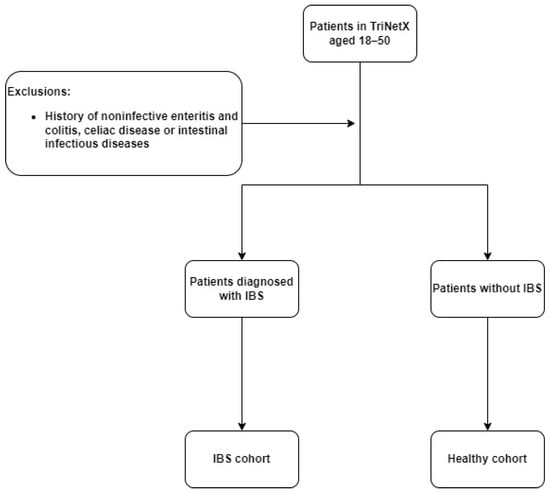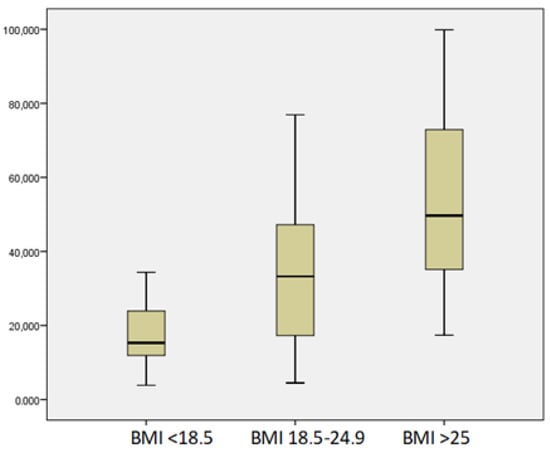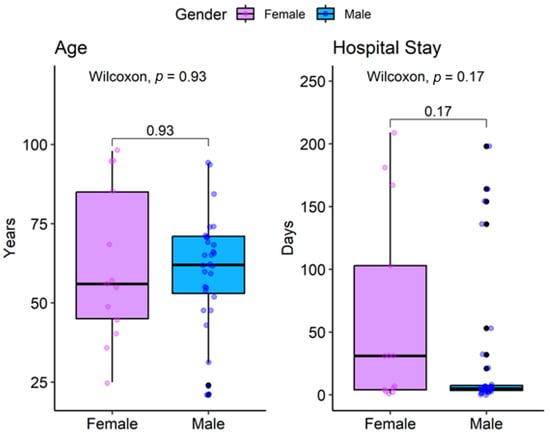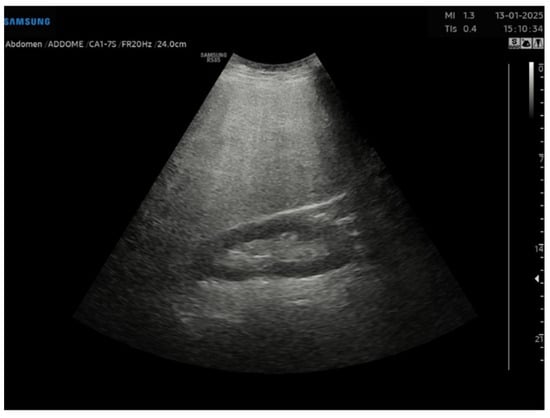- Article
Directional Association Between Irritable Bowel Syndrome and Dermatological Disease: A Large-Scale Retrospective Study
- Alex Y. Liu,
- Naomi T. Matsuno and
- Houston Nelson
- + 2 authors
Background/Objectives: Microbial dysbiosis is implicated with a pathogenic role in both irritable bowel syndrome (IBS) and several dermatological conditions. Yet, few studies have assessed a potential overlapping epidemiologic association. We aimed to assess the 1-year prevalence of common dermatologic conditions following an initial IBS diagnosis and to evaluate the reverse association using reciprocal analyses. Methods: We conducted a retrospective study using TriNetX. Patients aged 18–50 with no history of inflammatory bowel disease, celiac disease, or infectious intestinal disease were matched 1:1 to healthy controls by demographics and comorbidities. The primary outcome was the prevalence of acne vulgaris, psoriasis, atopic dermatitis, hidradenitis suppurativa, rosacea, vitiligo, alopecia areata, and urticaria 1 year after IBS diagnosis, measured using Odds Ratios (ORs) and 95% confidence intervals. To confirm bidirectionality, reciprocal analyses were performed. Results: Over a 1-year period, IBS patients were less likely to have acne vulgaris (OR: 0.78, CIs: 0.75–0.80) and vitiligo (OR: 0.78, CIs: 0.64–0.95) compared to those without. IBS patients were more likely to have psoriasis (OR: 1.14, CIs: 1.08–1.21), hidradenitis suppurativa (OR: 1.11, CIs: 1.03–1.20), rosacea (OR: 1.10, CIs: 1.03–1.18), and urticaria (OR: 1.27, CIs: 1.21–1.34) compared to healthy controls. No association was found for atopic dermatitis or alopecia areata. In the reciprocal analysis, alopecia areata patients (OR: 0.76, CIs: 0.64–0.90) had a lower prevalence of IBS compared to healthy controls. IBS was shown to occur more frequently in patients with psoriasis (OR: 1.15, CIs: 1.07–1.23), rosacea (OR: 1.23, CIs: 1.15–1.31), and urticaria (OR: 1.06, CIs: 1.01–1.12) compared to healthy controls. No association was seen in patients with acne, atopic dermatitis, hidradenitis suppurativa, and vitiligo. Conclusions: IBS shows a bilateral positive overlapping association with psoriasis, rosacea, and urticaria. Hidradenitis suppurativa showed a positive association only among IBS patients, with no reciprocal relationship. Moreover, our findings suggest that acne and vitiligo were inversely associated with IBS; however, this was not supported in our reciprocal analysis. Although no association was initially found between IBS and alopecia areata, the reciprocal analysis suggests a potential inverse association. No association was seen with atopic dermatitis bilaterally. Clinicians who treat these disorders should be aware of the potential bidirectional association.
19 December 2025





